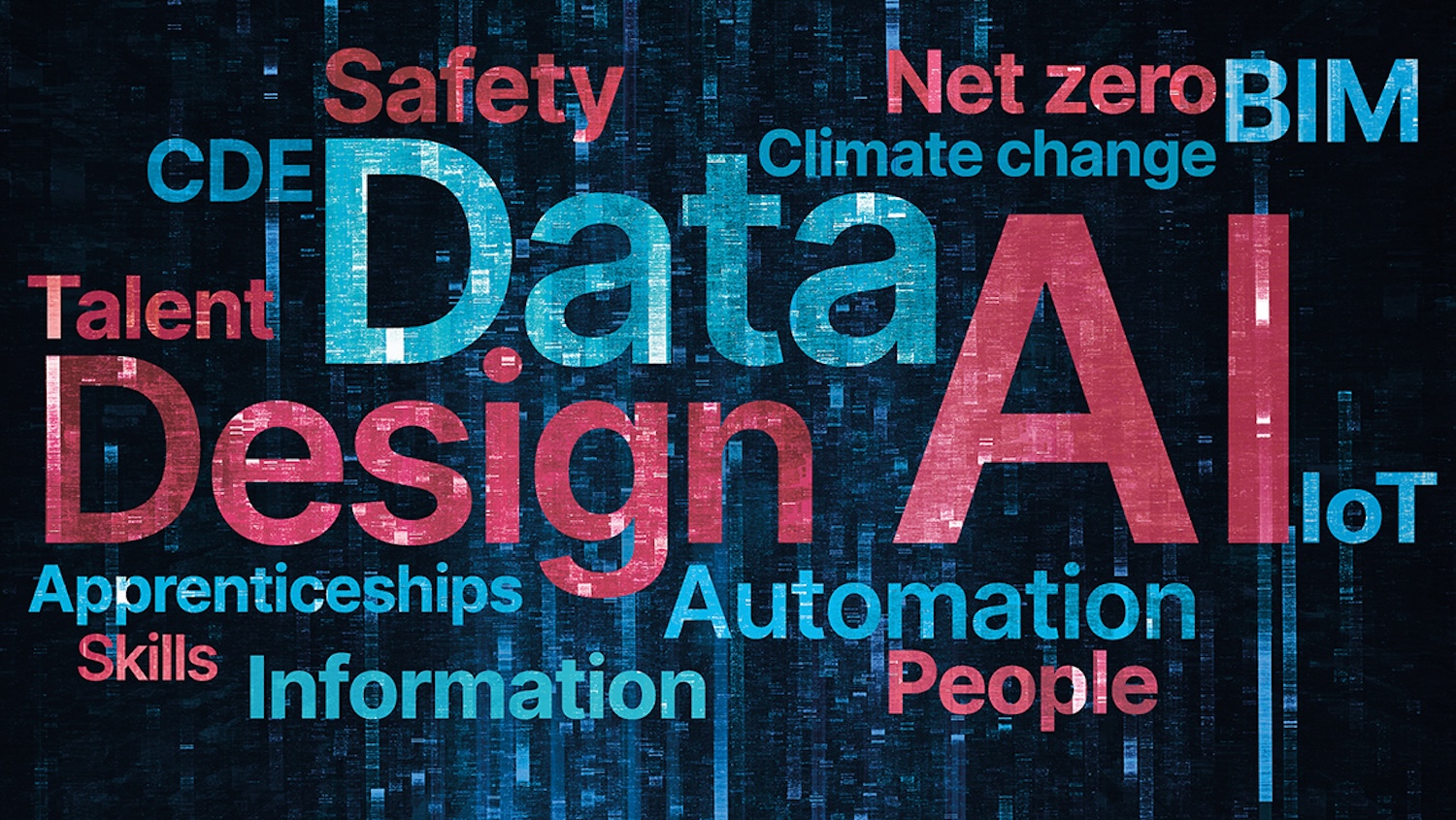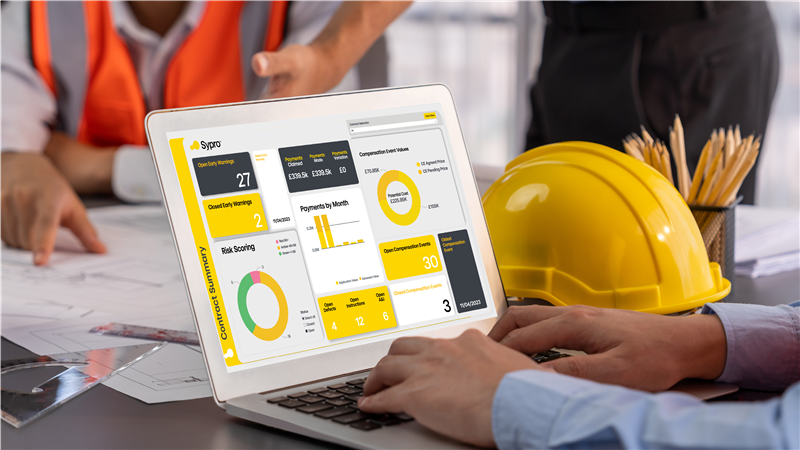
Architects’ AI adoption increases, but work imitation worries remain
AI use among architects is increasing – and adoption is expected to continue to rise – but concerns around work imitation remain.

The second RIBA AI report reveals that more architects are using AI more regularly. Nearly 500 members were surveyed between January and April. The majority (59%) said they use AI for at least the occasional project, a significant swing from last year’s minority (41%).
Analysis of that statistic reveals that:
- 5% of practices now use AI on every project, more than twice the 2% of 2024;
- the proportion of practices that use AI for most projects also more than doubled, from 4% to 9%;
- the largest increase is among practices that use AI for some projects, up from 15% to 21%; and
- the proportion of those using AI for the occasional project also grew, from 20% to 24%.
Meanwhile, AI adoption is more common among larger practices, the report reveals. Large practices (50 or more staff) have an adoption rate of 83%, while it is 64% among medium-sized practices (10 to 50 staff) and 48% among small practices (fewer than 10 staff).
That all sounds positive, but RIBA members are also cautious:
- 35% of respondents see AI as a threat to the profession, but 39% do not;
- 69% believe that AI increases the risk of work being imitated; and
- 47% believe that AI allows those without sufficient professional knowledge to design buildings, increasing the risk of buildings being unsafe, unsustainable or not meeting client needs.
However, the report’s authors noted: “There is little evidence of AI currently displacing practice roles. Job losses are not being widely reported, with only 3% of respondents agreeing that AI has led to staff reductions.”
Nevertheless, they warned: “Mitigating the risks and exploiting the opportunities of AI will rely on business preparedness. However, relatively few practices are systematically preparing for AI adoption and use, with fewer than one in five (18%) having invested in AI R&D and only 15% having an AI policy.”
How are architects using AI?
In the design process, AI is being used to assist with a range of design activities, although adoption varies by activity. It is most used among respondents for early design visualisations (70%) and specification writing (58%).
AI is least commonly used by respondents for building performance simulation (40%) and environmental impact modelling (35%).
AI is also being adopted for project management, albeit less so than in the design process. Again, adoption varies by activity. Most respondents use AI for report writing (89%) and bid creation (58%). Fewer use AI for contract management (29%), fee calculation (29%), or project cost management (28%).
Tellingly, the report authors noted: “The ease with which AI can generate plausible, if sometimes facile, text is reflected in its widespread use in report writing, with 8% of respondents always using AI for reports, 18% using AI often, 42% sometimes and 21% rarely. Just 11% never use AI for report writing.”
Benefits and limitations of AI
There is no clear consensus on the benefits of AI, even among current users. A third (34%) of practices agree it brings efficiency improvements, but an equal percentage disagree, and the remainder (33%) are neutral.
Only a minority have integrated AI into areas such as environmental sustainability analysis (17%) or bid creation, project management or scheduling (25%).
Although AI is increasingly used for preparing specifications, it is not yet enhancing their accuracy. Half of respondents (50%) disagreed that AI has enhanced specification accuracy, and just 16% agreed.
Similarly, there is currently little agreement that the accuracy of modelling and simulations is improved by AI, with 51% disagreeing and only 11% agreeing.
RIBA president Muyiwa Oki said: “The questions are no longer theoretical. They are practical and urgent, yet unresolved. Using AI is increasingly part of normal practice. But hesitations persist. Concerns about imitation, job displacement and data integrity remain and are valid. Yet the potential is undeniable: faster iterations, deeper analysis and quicker market adaptation. The balance lies in steering the technology, not being steered by it.
“RIBA’s role is clear. We need to make sure AI serves the profession, not the opposite. Therefore, we must set standards, demand transparency, and equip architects to harness these tools without surrendering agency.”
Keep up to date with DC+: sign up for the midweek newsletter.



